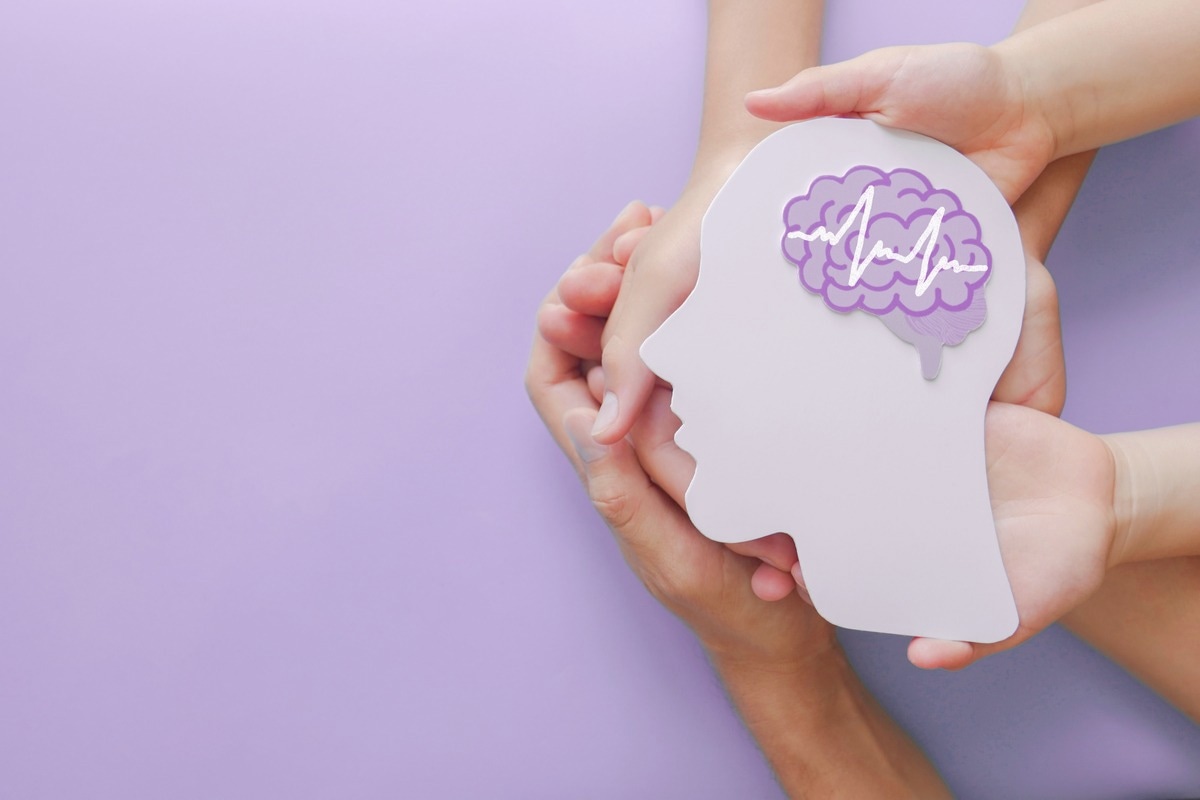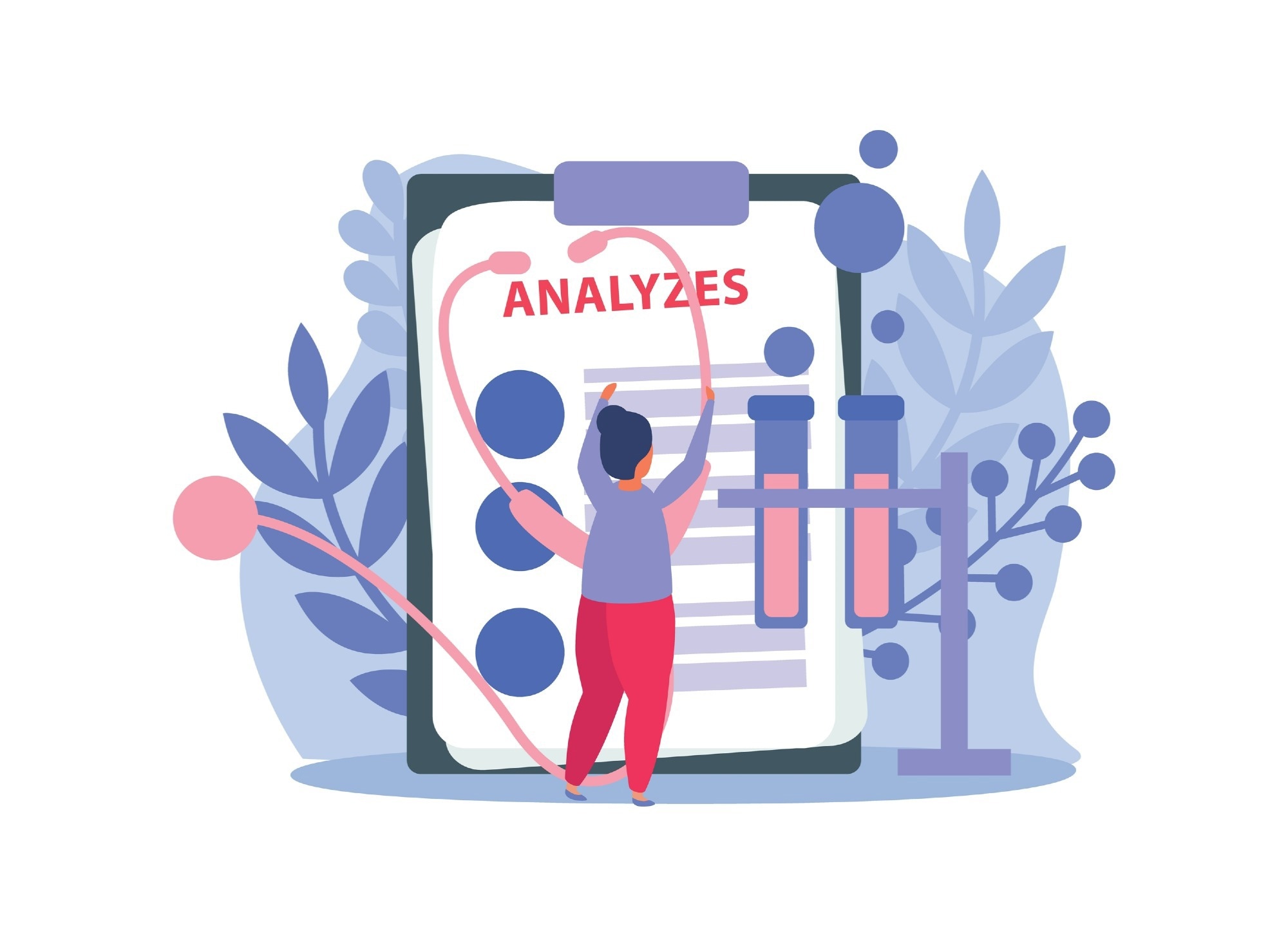Limitations with TML
Substituting blood tests with breath analysis
Measurement techniques
Results from breath analysis
Global landscape of epilepsy
References
Further reading
Under the motto "breath instead of blood," researchers have developed a breath test that reliably predicts the systemic concentration of anticonvulsants in patients with epilepsy. Using this test, you can predict the level of the drug in real-time, which saves the patient from having to do a blood test.
Today, the development of personalized medicine is of particular importance. The goal is to achieve the maximum therapeutic effect with minimal side effects. This is achieved through an individual selection of the dose of the drug-using therapeutic drug monitoring (TML).

Image Credit: SewCream/Shutterstock.com
Limitations with TML
When prescribing anticonvulsants, monitoring the effectiveness of the prescribed drug is carried out by determining its effective level in the patient's blood.
Taking blood samples can be a significant stressor, particularly in children and adolescents. At the same time, in this age group, more frequent monitoring of effective levels of the drug is necessary since, in children and adolescents, their metabolism changes with their growth, and therefore the drug dose should be adjusted more often.
Another limitation of TML is the sometimes-noted lack of correlation between effective levels and response to therapy. This is due to the drug metabolism unique to each patient. Therefore, from this point of view, personalized medicine needs alternatives to classical TML (measurement of drug concentration in the blood/drug level).
Substituting blood tests with breath analysis
In finding an alternative to determine the level of the active substance of anticonvulsants in the blood, Researcher Dr. Kapil Dev Singh of the University of Basel (Universität Basel) developed a substitute for blood tests using breath analysis.

Image Credit: Macrovector/Shutterstock.com
He also studied and analyzed the reliability of his results compared to conventional blood tests and how well the response to therapy and possible side effects can be predicted. During the study, breath measurements were taken in 54 pediatric and 37 adult patients for 2.5 years.
Measurement techniques
The measurement was carried out using a special form of mass spectrometry, the so-called electrospray secondary ionization mass spectrometry (SESI-HRMS). Such a test allows you to detect volatile organic compounds (VOCs), including in the air we exhale. Volatile organic compounds are the result of metabolic processes in the body.
The exhaled VOC profile allows inferences about metabolism and, in some cases, is already being investigated in patients with cystic fibrosis. As a result of the study, it was possible to predict the systemic concentration of the anticonvulsant valproic acid. In addition, a strong heterogeneity in valproic acid metabolism was revealed in different patients.
Results from breath analysis
Patients who reported side effects showed a significant change in the metabolism of various amino acids (p<0.01). In addition, the metabolism of the amino acid tyrosine was altered in non-responders (p<0.001).
The results of the study show that real-time breath analysis in patients with epilepsy can reliably predict the systemic concentration of the drug. In addition, it is also possible to evaluate response to therapy and potential side effects. According to the authors, this technology cannot yet be used everywhere - but the goal is stated.
A start-up created for this, Deep Breath Intelligence, must obtain a license for the measurement method.
Global landscape of epilepsy
According to the World Health Organization (WHO), more than 50 million people worldwide have epilepsy, which is approximately 0.5-1% of the entire planet's population. Usually, when people hear or read the term "epilepsy", they usually imagine an attack with the loss of consciousness, convulsions, and mouth foaming.
This stereotypical picture arose from the fact that this is how epilepsy is usually portrayed in movies and TV shows. This frightening image does not capture the full range and complexity of the disease discussed in this section. The disease has many more manifestations than this form, replicated by mass culture.
References
- "Epilepsy Fact sheet". WHO. February 2016. Archived from the original on 11 March 2016. Retrieved 18 February 2022.
- Goldberg EM, Coulter DA (May 2013). "Mechanisms of epileptogenesis: a convergence on neural circuit dysfunction". Nature Reviews. Neuroscience.
- Krucoff MO, Chan AY, Harward SC, Rahimpour S, Rolston JD, Muh C, Englot DJ (December 2017). "Rates and predictors of success and failure in repeat epilepsy surgery: A meta-analysis and systematic review"
- Pandolfo, M. (November 2011). "Genetics of epilepsy". Seminars in Neurology.
- Dieuwke van Dartel, et al. (April 2020) “Breath analysis in detecting epilepsy”. Journal of Breath Research
Further Reading